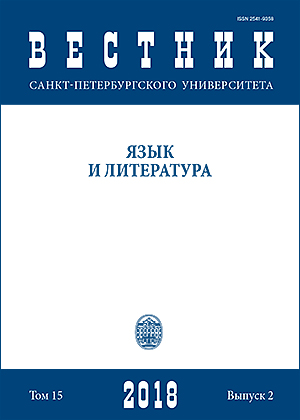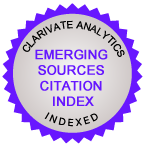Lev Trotsky as a hero of the revolutionary-biographical film narrative: Versions of Russian and German documentary authors
DOI:
https://doi.org/10.21638/11701/spbu09.2018.211Abstract
The article presents a comparative analysis with narratological positions of two documentary films about L. Trotsky produced in Russia and Germany. It reveals the interrelation of structural and cognitive aspects of the nonfiction film text, particular implementation of the principle of polyphonic narration, and narrative strategies of an author. The only the dihegic narrator is a grandson Vsevolod (Esteban) Volkov, who was a real witness of the last years of the life of Trotsky. In the Russian film he acts not only as an eyewitness to two assassination attempts on the grandfather, but as a hero, a survivor at 14 years of a drama that operates on the viewer (“narrative of emotions”). In the German film, the authors deliberately did not focus on this character, E. Volkov appears only three times, his narrative statements are informative, but not psychologically expanded, and therefore “poorer” in the cognitive terms. However, in the German film, the through-line is quotations from the memoirs and journalistic texts of Trotsky and two chronicle cinema citations. In both cases, the non-dihegic narrators are the author and the characters who retell the information from different sources: Russian, German, French, Mexican, and Ukrainian experts-historians or publicists. In both films, the author is more active as a narrator than character-experts who often assesses, rather than just retells, certain events in the history of the hero. The differences in the implementation of the author’s intention are explained by the cognitive factors: the story of the hero in the Russian film is told more emotionally because the hero, as he emphases the dihegic narrator-character, appears more human; in the German cinema narrative about Trotsky, the events themselves and the modern European point of view are presented.
Keywords:
documentary, narrative, author, strategy, cognition, L. Trotsky
Downloads
References
References
Downloads
Published
How to Cite
Issue
Section
License
Articles of "Vestnik of Saint Petersburg University. Language and Literature" are open access distributed under the terms of the License Agreement with Saint Petersburg State University, which permits to the authors unrestricted distribution and self-archiving free of charge.






